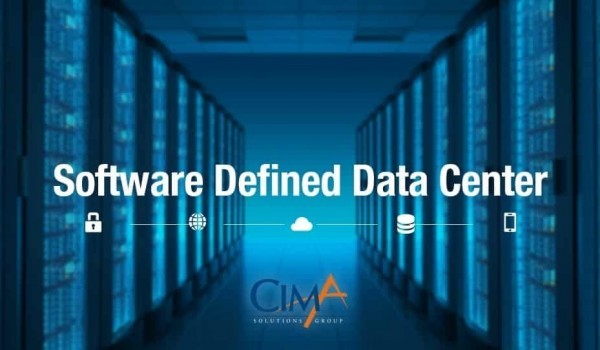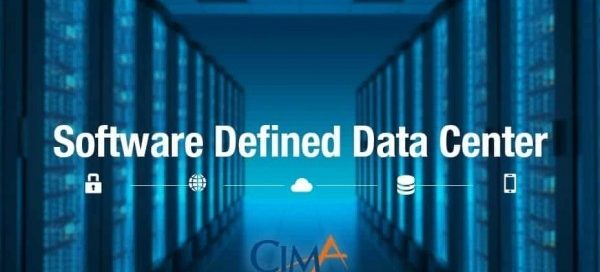
In the previous post in our series on the software defined data center, we covered what the SDDC is, and the possibilities it creates for IT organizations. With such a promising new technology, the desire to jump in feet first is probably pretty strong for most IT leaders. However, that may not always be the most effective strategy. In this post, we’ll cover how to get the best results from your software defined data center, providing tips to keep you from making common errors.
1. Make sure SDDC is right for your organization
While the possibilities of the software defined data center are certainly promising, the technology has not yet developed to the point where it can be considered the right choice for 100 percent of organizations. While working with the right vendor or vendors can certainly help speed the process along, you’re still going to need highly skilled individuals on your team to help implement the technology.
Once it’s in place, you’ll also need to make sure your team members are skilled in the offerings from the specific vendors you choose to work with, as SDDC components tend to vary greatly from vendor to vendor. Finally, you’ll need to be able to dedicate resources to training and support in order to make sure your IT team is getting the most of what SDDC has to offer. If you can’t do all these things, then perhaps you need to add SDDC to your list of long-term goals, rather than continuing to pursue it right now.
2. Build a business case first
Where IT leaders often get themselves in trouble is by following the “next big thing” specifically because it is the next big thing. The SDDC has the potential to drive a lot of benefits for your organization, but first you need to have a specific understanding of what those benefits are, as well as a specific understanding of how SDDC will help you achieve those benefits.
Build a strong business case for why you want to invest in SDDC first. In addition to helping secure executive buy in, it will also help you make sure you’re ready to properly execute when the time does come to start SDDC adoption. Like everything else in IT, if you don't know exactly where you're going, you won't get there.
3. Think about how SDDC will change the culture of your team
More and more IT leaders are extolling the virtues of a “silo-less” IT team, which allows for greater communication and efficiency between areas that were traditionally kept separate from one another. However, the thing you must realize before adopting SDDC is that it makes this new kind of IT team a necessity, rather than just a “nice to have.”
Since the SDDC represents a unified, integrated approach to IT, an IT team must be unified and integrated in order to make the most of it. It no longer makes sense to keep storage, network, compute and security teams in separate silos when the functions themselves are no longer separate. Your IT team must be ready to change its entire culture, becoming more collaborative and coordinated. Make sure you are ready to do this before pursuing SDDC.
4. Consider the possibility of vendor lock-in
Finally, just because a data center is not based around traditional hardware investments does not mean that it removes the potential for vendor lock-in. In fact, with SDDC, the potential for hardware lock-in is essentially replaced by the potential for software lock-in.
Working with open source standards can help you reduce it some, but some level of lock-in is unavoidable. Go into the process with eyes wide open, and make sure you consider all the facts before choosing to work with a particular vendor.
Check back soon for the next post in our software defined data center series!
James Cunningham serves as the Chief Technology Officer at Cima Solutions Group. His experience in Healthcare operations and infrastructure support has enabled him to effectively move workloads into various cloud computing models. With 19 years in the IT field he carries several industry standard certifications, specializing in x86 and virtualization. Prior to Cima, James spent 15 years in Healthcare IT. He was Manager of Infrastructure at Parkland Hospital in Dallas. He has also spent over 10 years at The MetroHealth System in Cleveland, in Systems Engineering and EMR System Support.


Leave a comment!